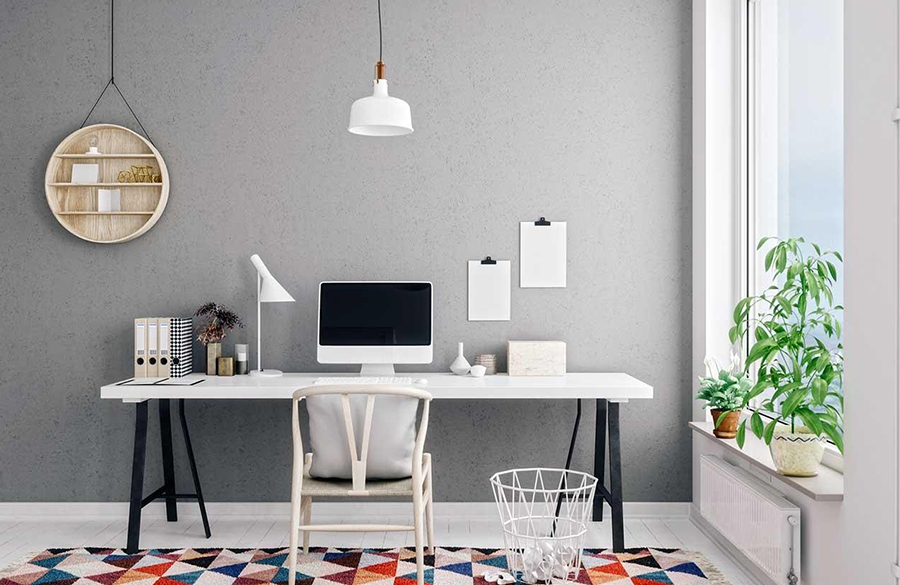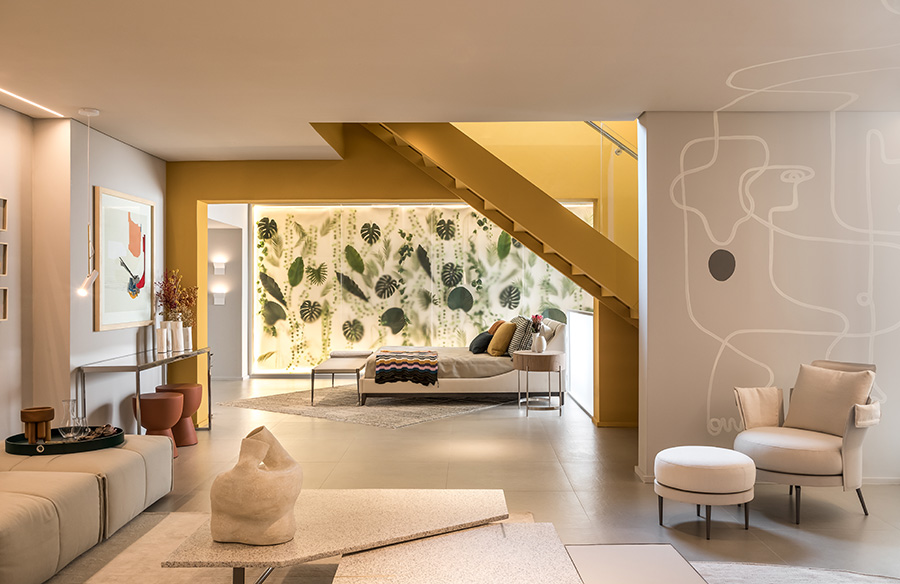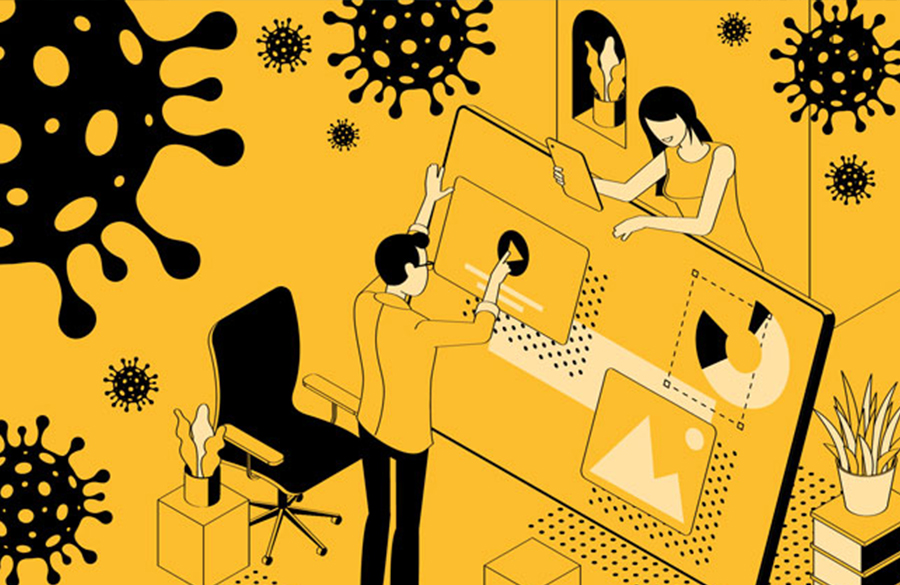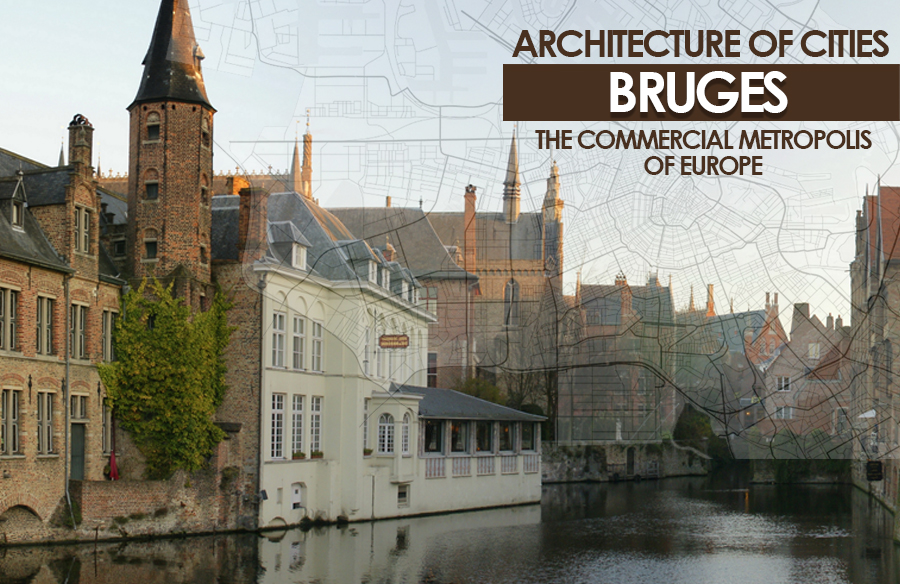Who thought that a virus would bring out such significant changes in our lives? Post–Pandemic world has seen a new version of the world where industries, markets, and people are changing the conventional ways of operation. It would not be wrong to say that our lives will never be the same.
However, despite a lot of discrepancies initially, people found their way of adjusting to the prevailing situation to continue functioning. While some changes are temporary, others are permanent. As much as the priorities of any other industry have altered, residential architecture has also seen many changes since the COVID outbreak. Changing habits and lifestyle of people have influenced their home designs.
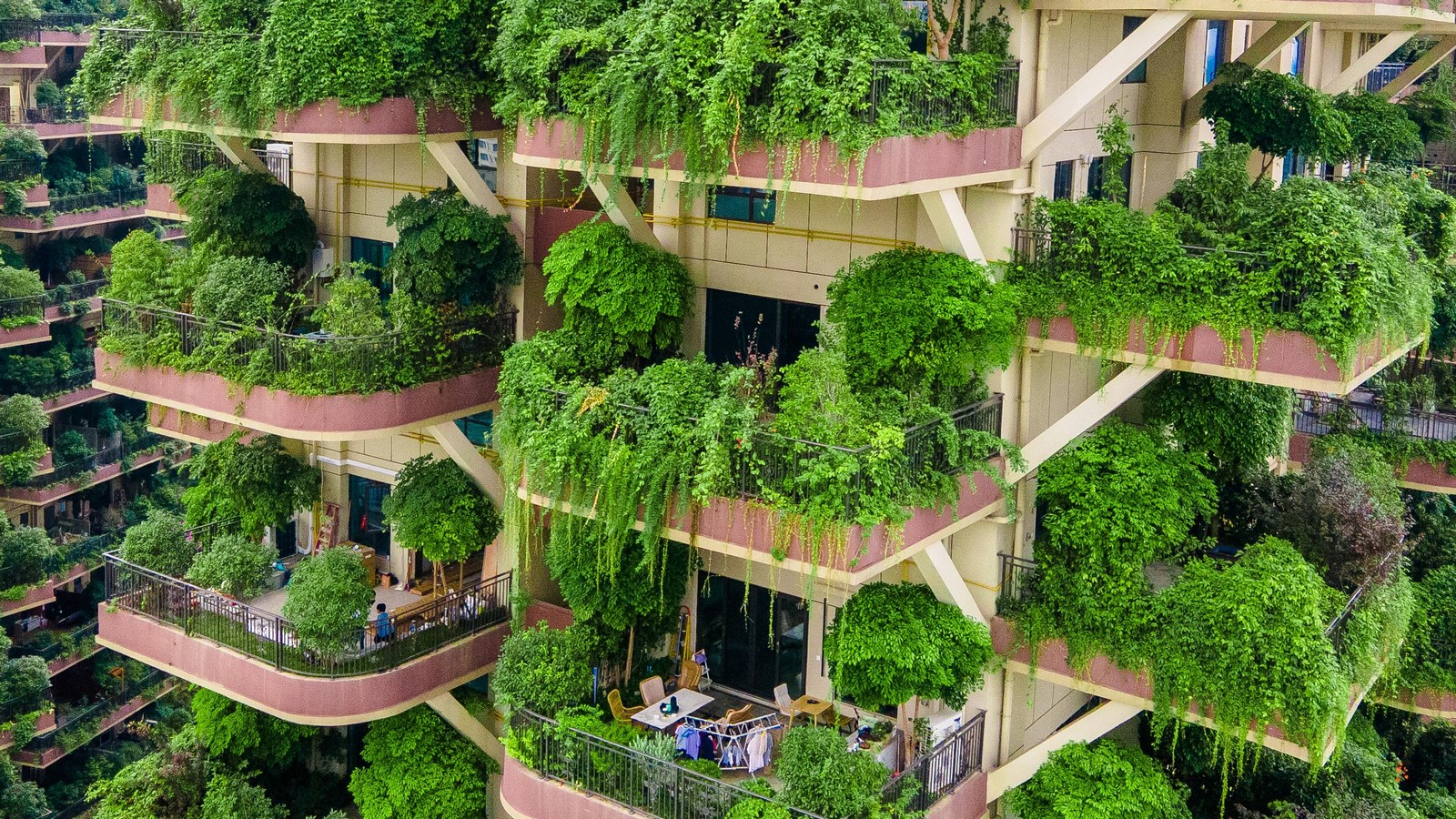
With people staying home for the most time of their day and working from home; they need extra space for office and privacy. The self-quarantine norm has also led people to convert a room or two for isolation. The overall concept that has aroused is the notion of well-being and being closer to nature.
1. House over an apartment/flat | Residential architecture
The changing notion of people to avoid contact with others is clearly reflected in their preference for a house rather than an apartment. The entire concept of creating a high-rise apartment to accommodate more residents has failed in the times where people prefer to spend their time in isolation. Rather than common elevators, corridors, garage and staircase in an apartment building, people prefer to have their personal amenities in an individual house.
Whatsoever be the size of the house, the inclination towards an open terrace, balcony and courtyards has increased. Preference for an adaptable, functional and flexible design has amplified so that it can be customized according to changing user needs. Modular is the prevailing practice that gives dynamic characteristics to spaces, thus allowing more flexibility. Modular furniture can further facilitate the creation of optimal spaces by folding and opening as per the use. Rather than adding luxury to the house, people have turned back to use their house for safety just like the early human beings.
2. Open and green spaces
Until now, going out for leisure and recreational activities was a part of the lifestyle. This helped people in accommodating themselves in smaller spaces without the need for additional spaces for recreation. Moreover in congested cities, people would avoid open spaces to maximize the usable floor area.
However, due to the current conditions, the scenario is likely to change. As people are becoming more cautious about self-health and safety, they would prefer open spaces. They would choose to accommodate recreational activities within the house rather than stepping out. Green spaces would play an important role in creating a healing, relaxing, and rejuvenating atmosphere.

3. Preference for a house in outskirts or suburbs | Residential architecture
Due to high population density or lack of medical infrastructure, some cities are more prone to the spread of COVID-19 or such viruses in the future. With the growing concern for wellbeing and hygiene, people would take all the possible measures to ensure a safe living condition. The demand for houses in the suburbs or outskirts of cities with less population is most likely to increase. People would prefer larger green spaces than crowded city centers. The priority of having a house near the workplace or amenities will shift to being in a hygienic and less-crowded neighborhood.
4. In-built office facility
The prominent trend of work from home has led users to incorporate offices within their house. People are opting for retrofitting of existing garages to increase the functional footage, which has become more important than ever.
Rather than just a conventional table-chair and lamp set-up, the office now needs a dedicated room with proper ventilation, plants, and comfortable furniture. It is important to ensure that there is a balcony or view from the office room. After all, the room will be used for an elaborate eight hour working time.
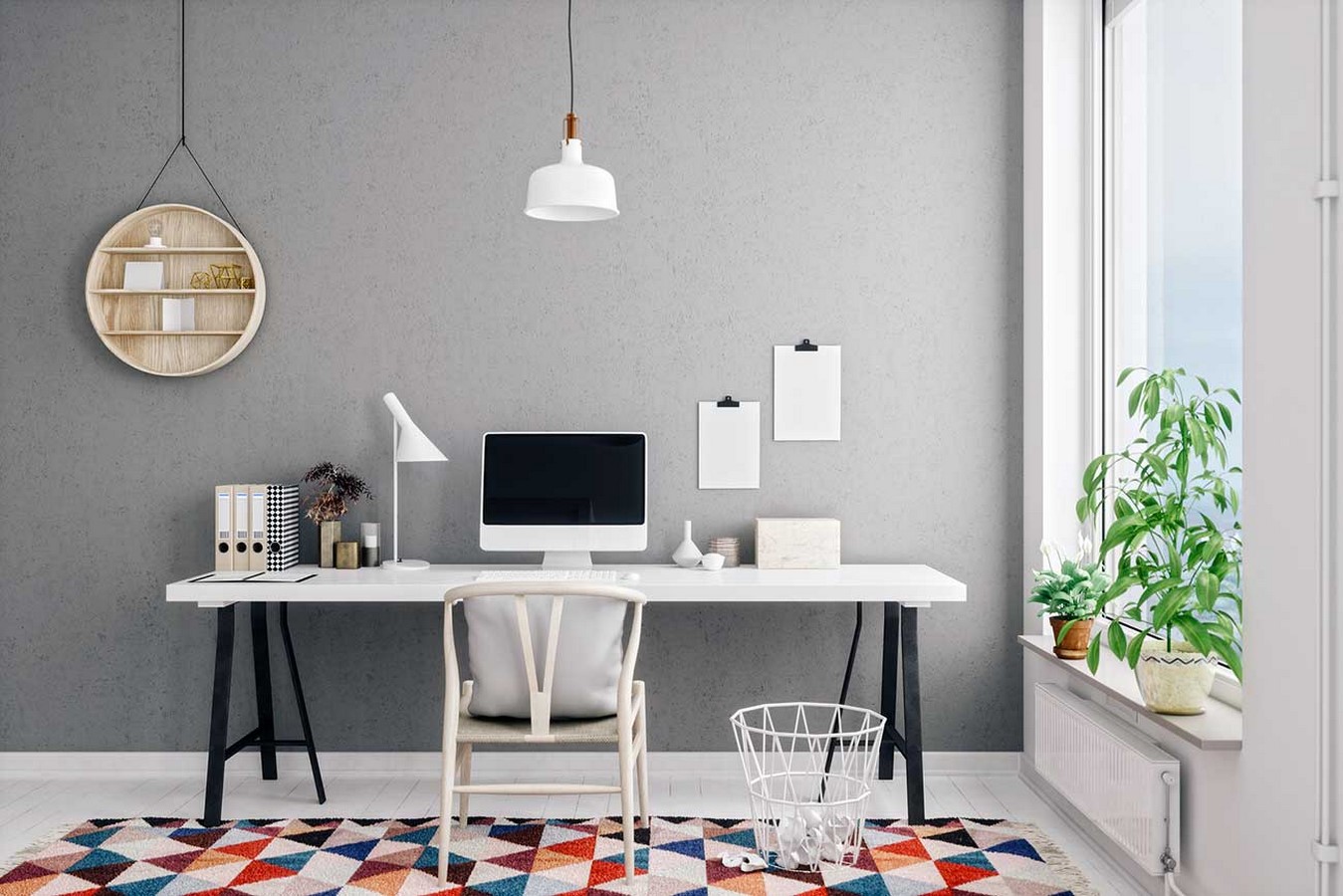
5. Urban farming as an emerging trend | Residential architecture
Besides practicing gardening as a recreational activity, people have started incorporating vegetable gardens in their balconies and terraces to consume fresh and hygienic food. Living around the plants has proven to improve mental health significantly and has a calming effect. Additionally, growing vegetables on your own gives happiness and satisfaction of its own kind. Lockdown has led people to develop a lot of interest in developing gardens in their houses to engage themselves as well as produce food. Vertical farming walls have gained immense popularity over time. The integration of a kitchen garden leads to the production of oxygen and filtration of air, thus making the house safe from pollutants and viruses to a large extent.
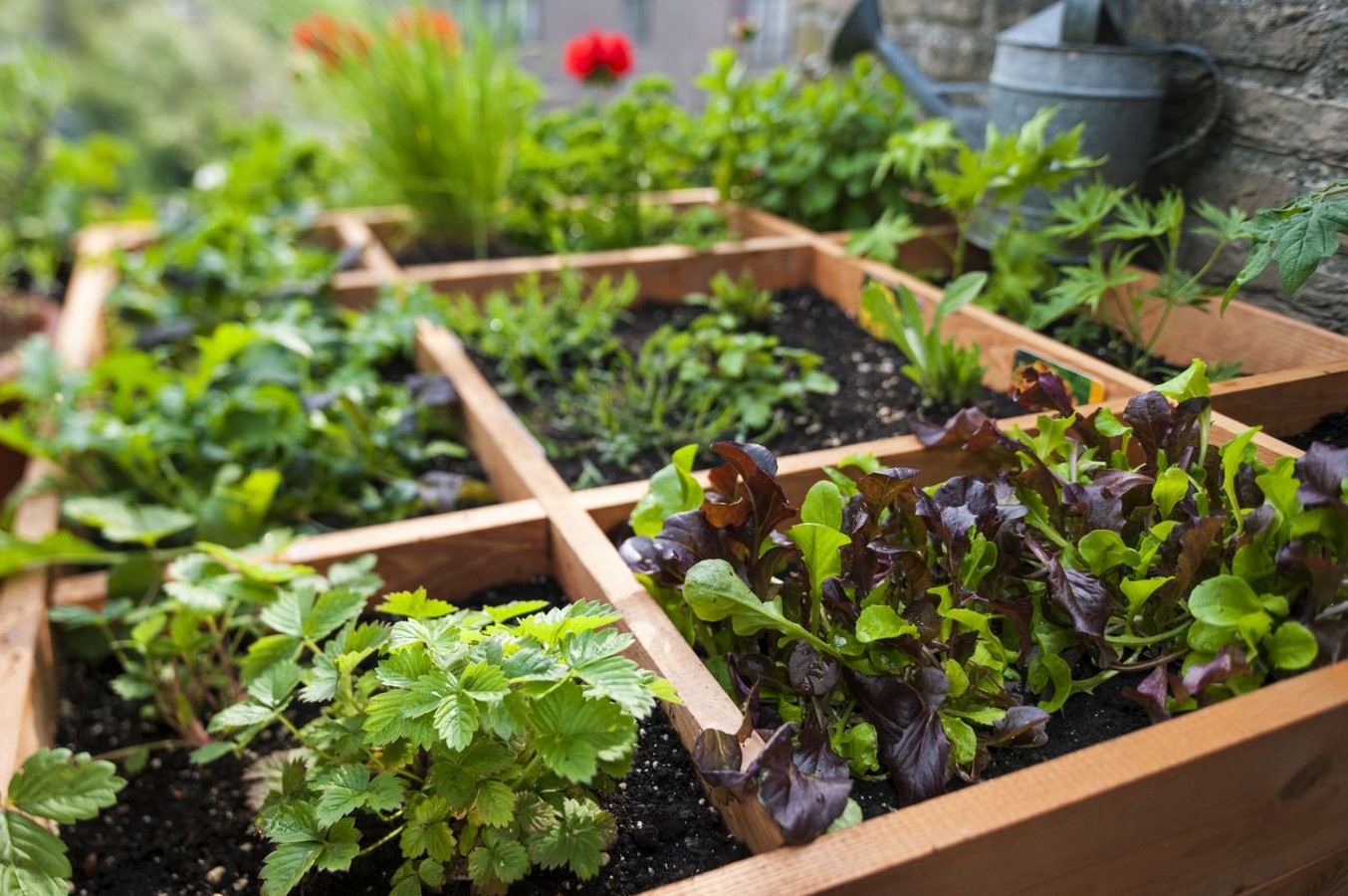
6. Energy-efficient housing
One’s house should be adaptable to the changing trends and in case of such pandemics, should facilitate the user to cope up with the ongoing scenarios. Since people have started spending most of their time at home, it has become that the house is energy efficient. People have started opting for smart devices and systems for achieving net-zero carbon standards.
Dependence on external sources for water and electricity has also seen a significant reduction. People prefer to use a rainwater harvesting system, solar panels and geothermal energy to satisfy their daily needs. The approach will not only reduce the energy consumption of the house but will make it more prepared for any kind of total lockdown situation in the future.
7. Touch-free experience
Rather than being an additional luxury, touch-free and sensor devices have become a need of the hour. People are choosing sensor water faucets for ensuring hygienic kitchens and bathrooms. Building a management system that uses sensors to regulate the functioning of the house is the future of houses. The system ensures minimum contact with surfaces and devices whilst safeguarding the effective functioning of the house system. It centralizes the control and minimizes the energy consumption of the house.

8. Air and water quality assurance | Residential architecture
Ensuring good air and water quality has become more significant than ever. People are ready to spend a considerable amount of money on installing a water filtration system which can eliminate the virus and bacteria present in the potable water.
The biggest risk which a house can pose is the spread of the virus from one room to another in case a person is already infected. Air purification technologies like PHI, UVGI, etc are being used extensively to stop the transmission of viruses through the HVAC system. These technologies have given excellent results in the domain of air purification and maintenance of good indoor air quality. People have also started adding plants in their living areas and bedrooms to eliminate viruses from indoor air.
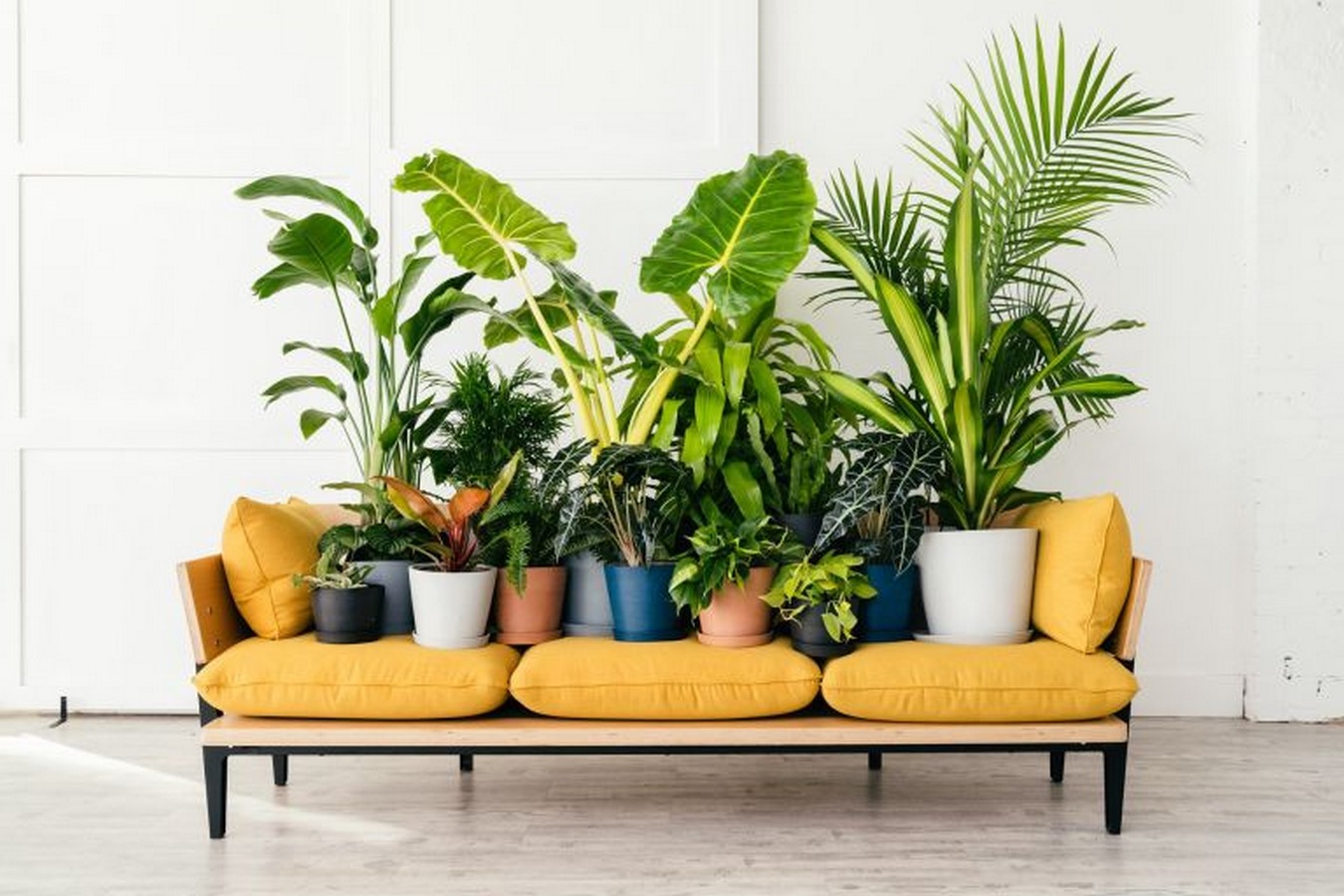
After the research and solutions developed by many renowned architects and designers, it is certain that modularity is the future of residential architecture. Whatever may the future hold, one’s house should be flexible enough to adapt according to the changing times. The pandemic has undoubtedly taught us how to optimize the functional area, incorporate greens, and maintain hygiene within the house. Above all, it has taught us how to be productive and accommodate the right tools and practices.


